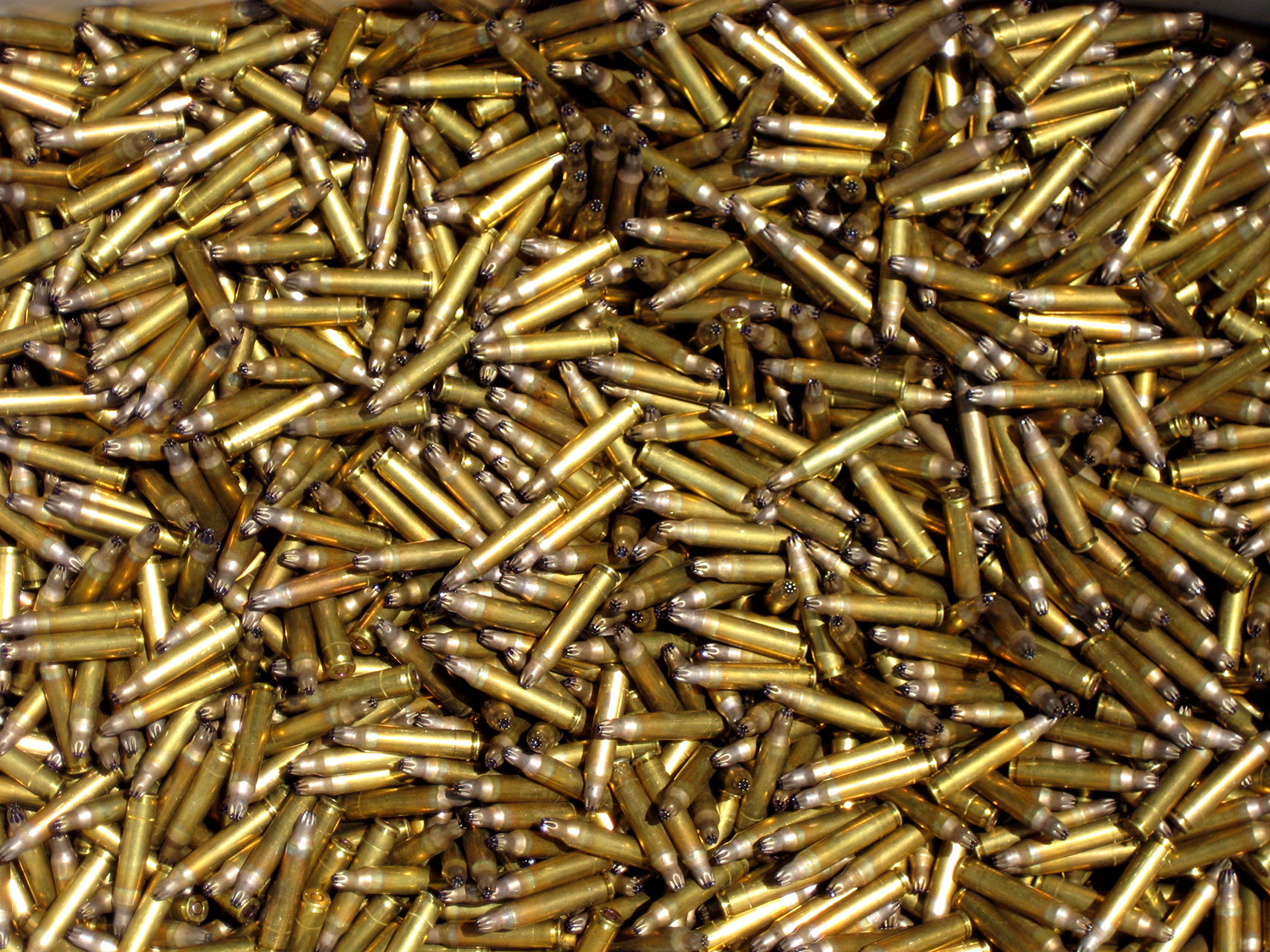

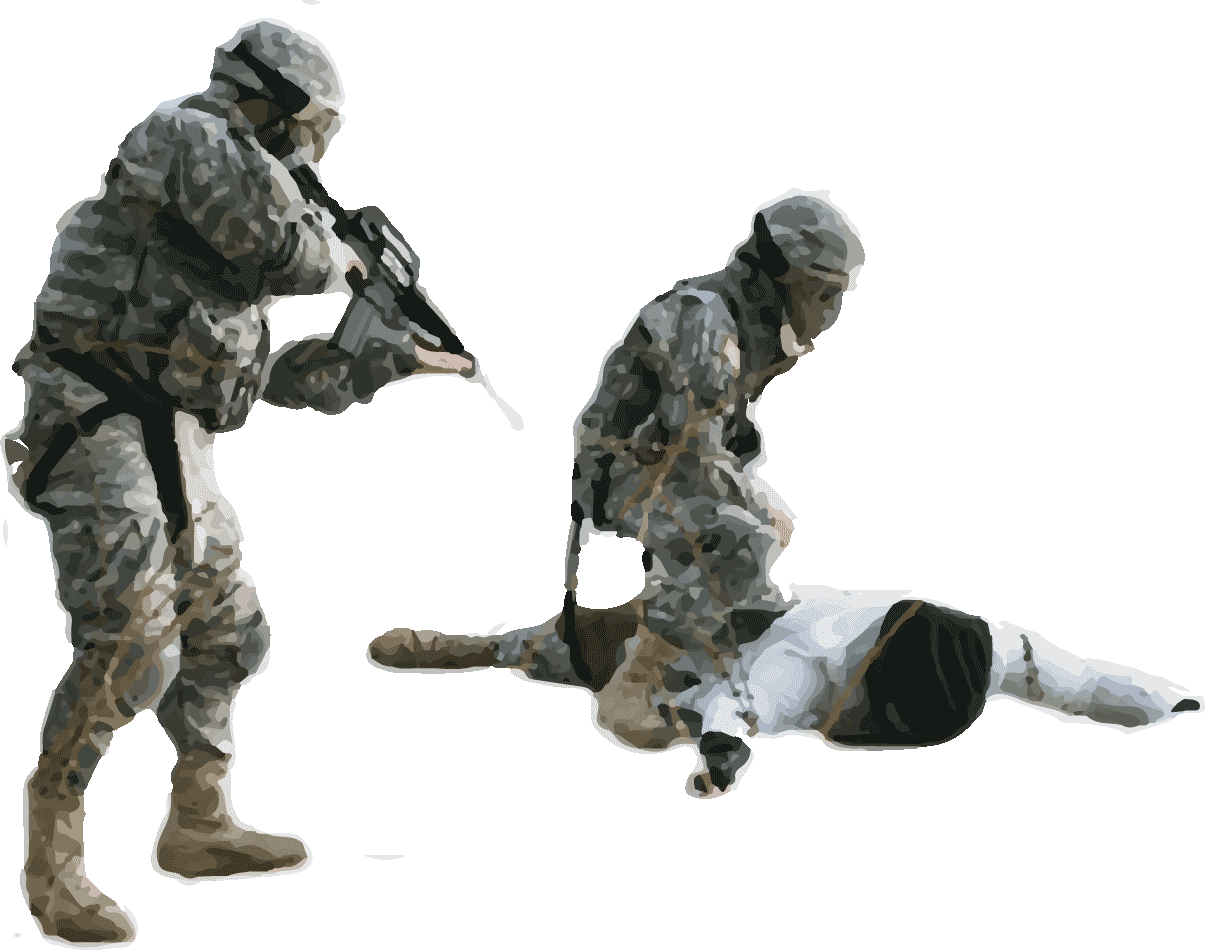
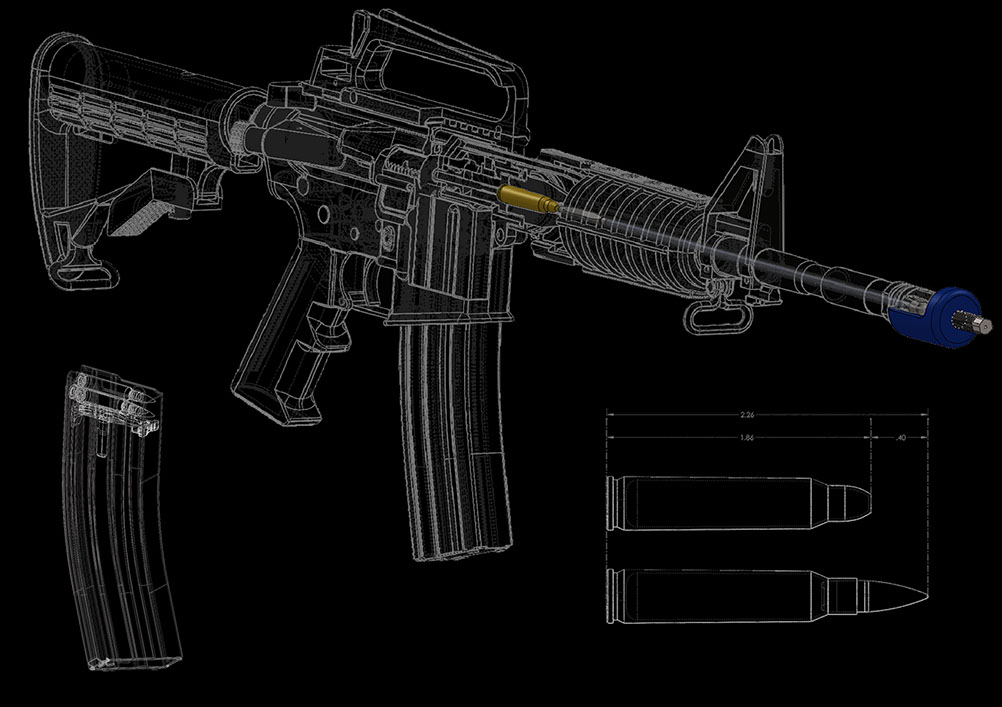

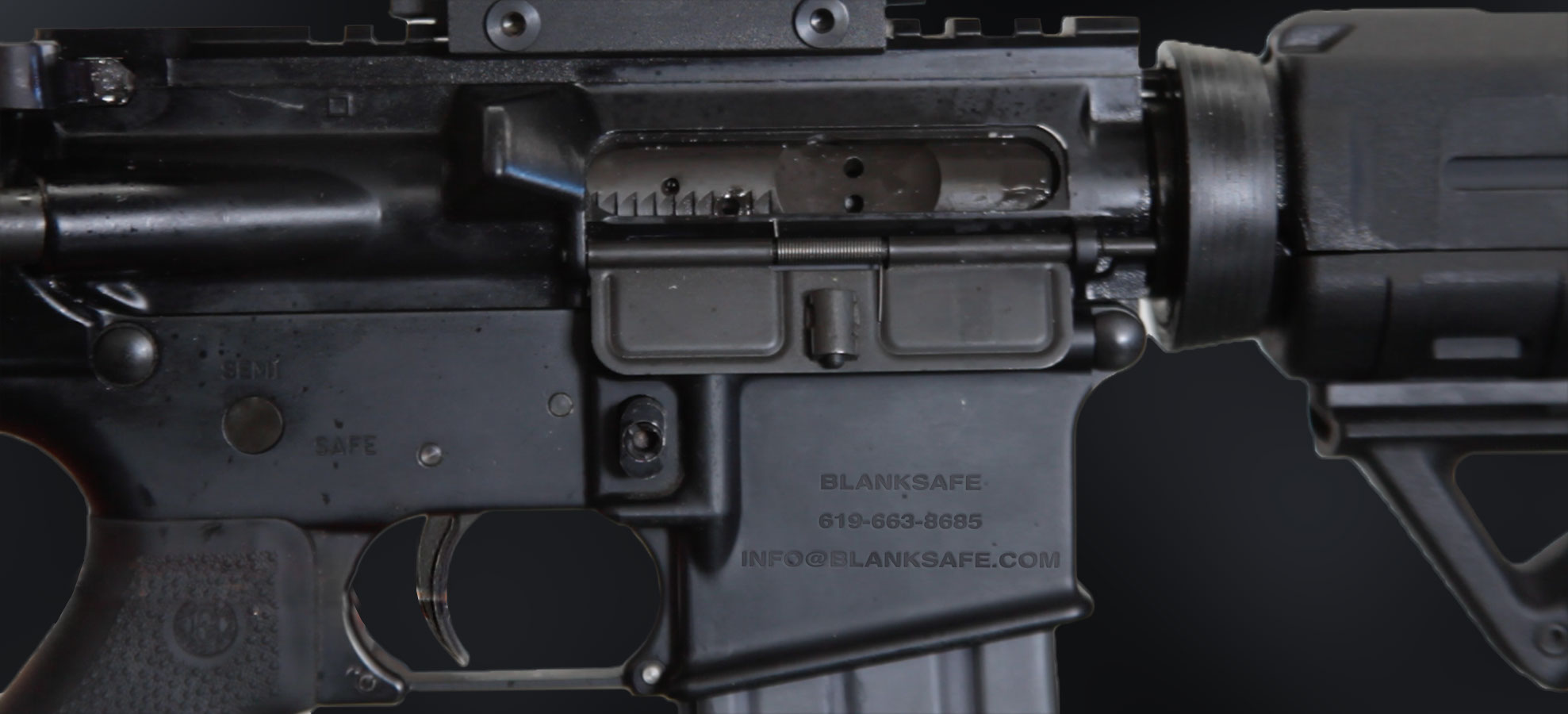


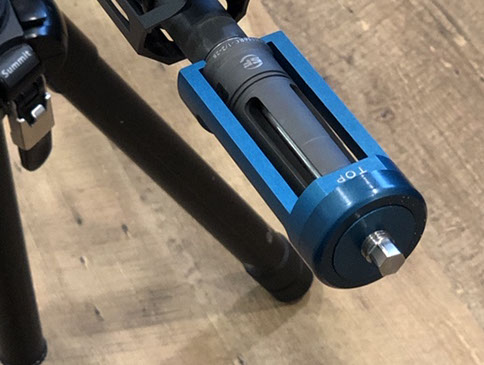
NEW: 10.3" Suppressed MK18 Variant
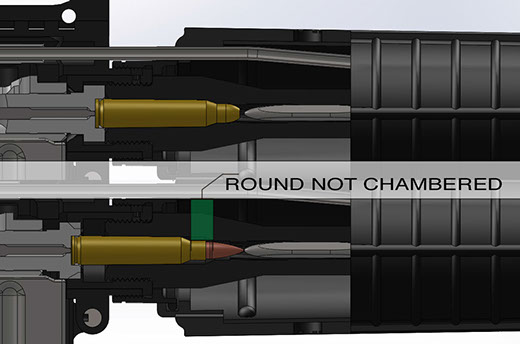

NEW: 14.5" Suppressed MK18 BFA Variant
2019 New Product: Introducing the 10.3” and 14.5” suppressed MK18 Live Round Interrupting enhanced Blank Fire Adapter. This system allows you to fire the weapon with various MILES systems to conduct force on force training, while preventing the accidental chambering of a live round.
The SOCOM (es)BFA is designed to have the exact same size and weight as a suppressed weapon, allowing for proper training WRT handling, slinging, room entry, volume and presentation.
The BlankSafe™ Live Round Interrupter is a product born of necessity. Designed by two US Navy SEALs after personally witnessing multiple incidents where highly trained professionals adhering to strict standard operating procedures for safety mistakenly loaded a live round during training.
The BlankSafe™ Live Round Interrupter creates a physical block in the chamber of the weapon allowing a blank round to load and fire normally while preventing the longer live round from fully chambering, interrupting the deadly progression.
Stopping Bullets… Saving lives.
DOWNLOAD THE LRI WHITE PAPER

LRI Functional Testing
The battery of testing was conducted at Aberdeen Proving Grounds in the Army Research Labs facility was intended to prove some fundamental concept viability and answer the question, is it possible to prevent a live round from chambering while shooting blanks effectively?
The scientists at Aberdeen tested the LRI for cycling speed, interoperability, wear and the ability to stop a live round while firing blank rounds normally.
Ability to Interrupt a Live Round
The LRI's prevents live ammunition from firing by creating a physical barrier that prevents the round from fully chambering.
The disruption distance needed is the gross depth of the firing pin strike. On average this is between 0.030” and 0.035”. The average M4 will accept a .08” light strike without firing, so the net depth needed to disrupt is 0.027”.
The LRI creates an average interrupt distance of 0.270", 10 times the required distance for disruption of the firing chain.

In this video a live round has been loaded into a magazine with five blank rounds on top. The weapon cycles through the blank rounds without issue. When the live round is encountered the LRI prevents the bolt from seating home; the weapon will not fire.
Cycling Speed

The LRI maintains a rate of fire close to live ammunition. When tested on the same weapon, live ammunition cycled at 728 Rounds Per Minute (RPM). The LRI cycled at 731 rounds per minute.
This video demonstrates a 10 round burst of fully automatic blank-fire with the LRI.
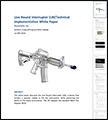
Common Blank Fire Safety Myths
The BFA (Blank-Fire Adapter) will stop the round or the barrel will explode.
This is absolutely dead wrong. The barrel will not explode and the BFA will come right off. Surprisingly the BFA doesn't always get destroyed. In at least one incident a Ranger student attempted to re-attach the BFA after shooting it off without realizing he had loaded a magazine full of live rounds.
One of the construction requirements of the existing Blank Fire Adapter was that it be able to be shot off the weapon without damaging the weapon.
How could anyone load a magazine full of live by accident? Wouldn't they notice the weight difference?
The US Military strives hard to create the most realistic training possible. This means that warfighters are pushed to the edge of their ability. The addition of stress and sleep deprivation are key elements of training designed to teach soldiers how to work in war time conditions. Unfortunately these are the exact conditions that lead to mistakes. Combine this with an inexperienced soldier and the likelihood of a mistake occurring increases dramatically.
Even so, some of the worst accidents have happened to well-trained and highly regarded soldiers, sailors, and marines. Training is messy, difficult and stressful by design. Counting on humans never to make a mistake is a losing strategy.
Wouldn't someone notice if there was a live round mixed with blanks while loading the magazine? After all, one has a bullet and the other doesn't.
If you have ever loaded a magazine in the dark then you can see how this might happen. Another common cause of a blank/live mix failure can occur when a magazine was not fully downloaded after a live fire exercise. In one incident a live round was loose at the bottom of an ammo pouch. As it is common practice to load only 28 rounds in a 30 round magazine, the live round was picked up and loaded when the blank magazine was stuffed into the pouch.
(Fun fact: Many "30" round magazines can actually hold 31 rounds. It's a bit of a tight fit, but not in any way impossible.)
This is why we run inspections. Any good unit would identify this issue before it happened.
Inspections are an important aspect of a comprehensive safety policy. That said, they are prone to error. There are three main issues working against inspections.
1. The bottom of a 30 round magazine is hard to see. The curve of the magazine makes it difficult to see a round at the bottom.
2. The numbers are against you. Imagine a scenario where you are responsible for training a group of 100 solders. Each man is carrying 5 magazines and performing 5 training runs a day over the course of a weeks worth of training. This means that by the end of the week you will have performed 17,500 inspections. Your inspection capability must be 99.994% accurate to find a live round at the bottom of a magazine. That kind of accuracy is not something that can be counted on with human operators.
3. A live magazine might not be presented for inspection. Stored in a separate pouch and found during the heat of training, a live magazine can be introduced this way.
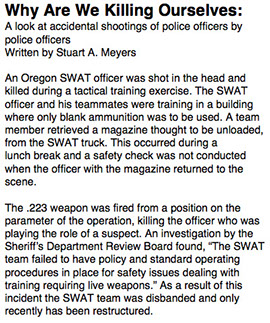




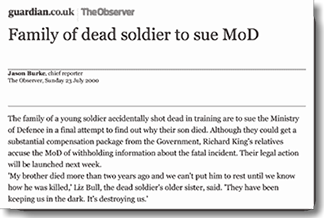

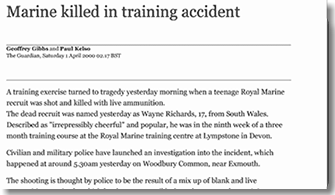
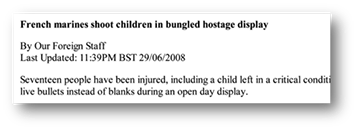


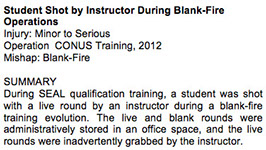


One day in 2007, Craig Lathrop and Wes Inskeep were having a discussion about an incident that Wes had witnessed during BUD/S (Basic Underwater Demolition / SEAL) training. During third phase of BUD/S, Wes’ class was practicing room entries during MOUT training. These were repeated drills where two students would enter a room and fire blank ammunition at another student acting as a bad guy.
At the end of the exercise they downloaded all the magazines. While downloading one of the students discovered that live rounds had made their way into the discard bucket. As everyone was nearly empty having shot all day, someone had been only a few shots away from shooting the live rounds. This was a close call under extremely strict training protocols that would have almost certainly been deadly.
While in the SEAL Teams and while working with other branches and units both Wes and Craig had seen multiple incidents involving the mixing of live ammunition with blanks. It seemed odd that a safety device didn’t exist that would prevent these types of incidents. Serial entrepreneurs and inventors, Wes and Craig started working on a solution to the problem.
After several years of development the BlankSafe™ magazine inspection device was brought to market. This device modified a normal magazine preventing a live round from being loaded. During initial testing at an Army National Training Command it became clear that converting the magazines back and forth between blank and live round configurations was too time consuming. The Army switches back and forth between live and blank-fire operations multiple times a day.
The magazine inspection devices had a further weakness as it did not prevent an operator from simply loading an entirely live magazine on accident. A review of various incidents involving live rounds shot during blank-fire operations revealed that this mode of failure was especially common. The tragic Marine Force Recon accident at Camp Pendleton occurred in exactly this manner. A better solution was needed, one that completely prevented the weapon from firing live ammunition while still allowing blank-fire.
Copyright BlankSafe™ 2019